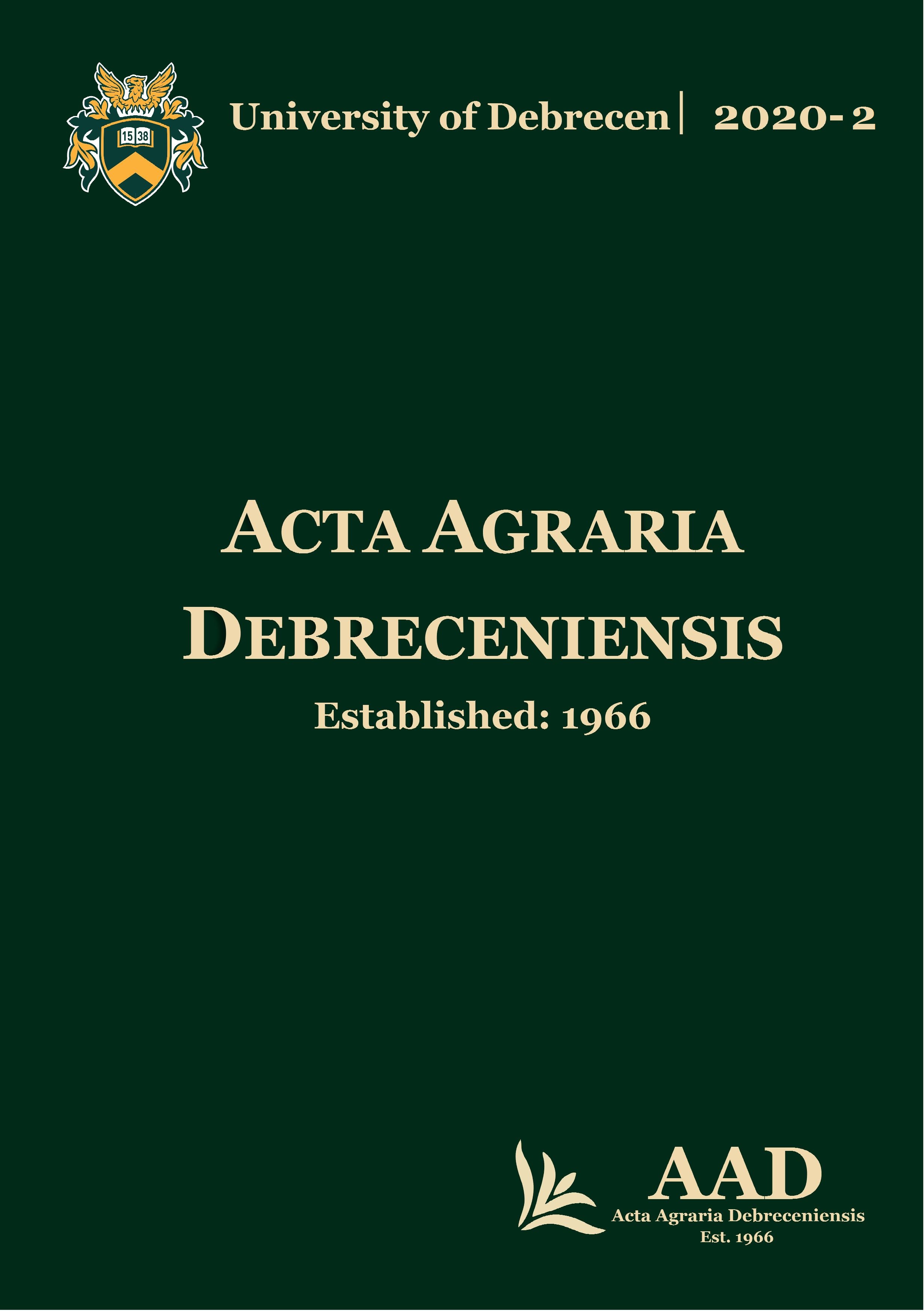Effect and interaction of crop management factors and crop year on the yield of maize (Zea mays L.)
Authors
View
Keywords
License
Copyright (c) 2020 by the Author(s)

This work is licensed under a Creative Commons Attribution 4.0 International License.
How To Cite
Accepted 2020-08-10
Published 2020-12-01
Abstract
The aim of this study was to determine the combination of treatment levels of crop management factors which can optimize and sustain maize yield under varying climatic conditions. The effect of winter wheat forecrop, three tillage systems (Mouldboard-MT, Strip-ST, Ripper-RT), two planting densities (60,000 & 80,000 plants ha-1), three fertilizer levels (N0-control, N80, N160 kg ha-1) with four replications in irrigated and non-irrigated treatments were evaluated over a five year period, 2015–2019. The obtained results revealed that growing season rainfall positively correlated with yield, whereas, temperature negatively correlated with yield. Impact of adverse weather on yield was less severe in biculture, irrigated plots, at lower planting density (60,000), lower fertilizer rate (N80) and in RT and ST, compared to MT. In years with favorable rainfall, yields of MT and RT were significantly (P<0.05) higher than ST. However, in a less favorable year, such as 2015, with 299 mm growing season rainfall and the lowest July rainfall (59% below mean) there was no significant difference (P>0.05) in yield among the three tillage treatments. Higher planting density (80,000), and fertilization rate (N160) in tandem with MT are treatments combination conducive for high yield under favorable climatic conditions, whereas, in years with low rainfall and high temperatures, RT and ST offer alternative to MT for optimum yield with 60,000 plants ha-1 and N80 treatment level. Crop year effect accounted for 20.7% of yield variance, fertilization 35.8%, forecrop 12.8%, plant density 3.4%, tillage 1.2% and irrigation <1%. It is conclusive that with proper selection of the appropriate levels of agrotechnological inputs the adverse effect of weather on yield can be mitigated.

 https://doi.org/10.34101/ACTAAGRAR/2/7406
https://doi.org/10.34101/ACTAAGRAR/2/7406